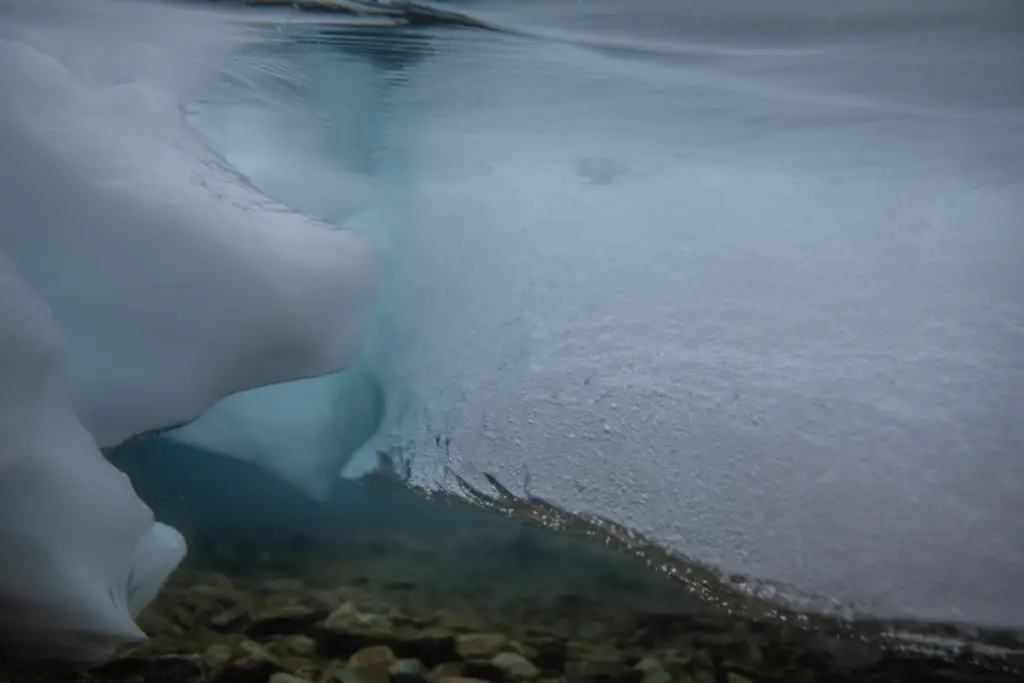(NEW YORK) — One of the most potent greenhouse gas emissions has been discovered seeping out of cracks of the Antarctic seafloor, researchers announced.
Methane has been measured escaping from crevices in the seabed at a high rate as the region warms at unprecedented rates, according to a paper published in Nature Communications.
A large reservoir of methane lies beneath sea floors around the world, which can escape through fissures in the sea floor, according to the paper.
The invisible gas can be seen in streams of bubbles originating on the seafloor of Antarctica’s Ross Sea — located on the northern coast of the continent — said the researchers, describing the mechanism as “seemingly widespread” throughout the region, rather than a “rare phenomenon.”
Numerous seafloor seeps of fluid and gas were identified in the shallow coastal environment of the Northern Victoria Land and McMurdo Sound — both located in the Ross Sea — with shipboard water column acoustic surveys and Remotely Operated Vehicle surveys.
One of the most concerning greenhouse gases, methane, has been described as a “super pollutant” by the U.S. Environmental Protection Agency. It is responsible for about a third of current anthropogenic global warming and is 25 times more potent for global warming than carbon dioxide, according to the agency.
Oceans and coastlines contain the highest uncertainties of methane release, according to researchers.
“There is a continued gap between the measured increase in atmospheric methane and the total emissions predicted from currently known methane sources,” the authors wrote.
The methane leaks appear to occur in areas of the ocean that experience seepage of fluids rich in hydrocarbons, according to the paper.
Past research in the Arctic has identified tens of thousands of methane seeps — many of them linked to climate change impacts and the degradation of cryospheric caps, such as glacial ice, permafrost and gas hydrates, the authors said.
Reducing the weight of ice sheets and glaciers in the Arctic has been found to decrease hydrostatic pressure on subglacial hydrate reservoirs, which can then enhance subglacial flux and methane discharge on the coast, according to the paper.
Greenhouse gases stored in subsea permafrost reservoirs in ice-free regions of the Antarctic are similarly vulnerable to climate change.
However, the role of methane emissions in Antarctica has not yet been fully determined, requiring more study in the future, the researchers said.
“The increasing climate impacts in the Antarctic, including the widespread reduction in ice mass highlights the importance of understanding the current and future dynamics of fluid and gas release from the significant reservoirs predicted in the region,” the scientists wrote.
Copyright © 2025, ABC Audio. All rights reserved.






